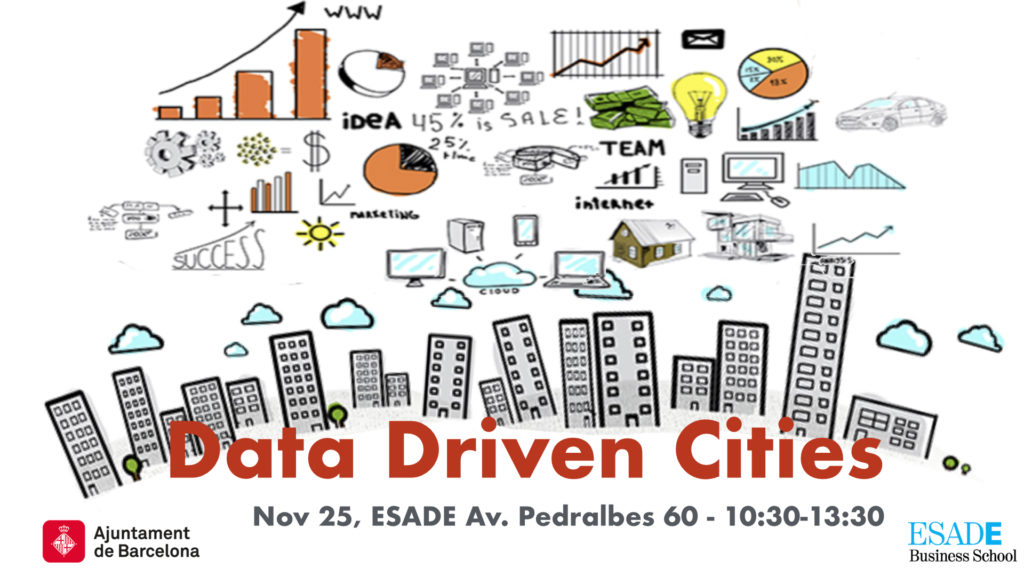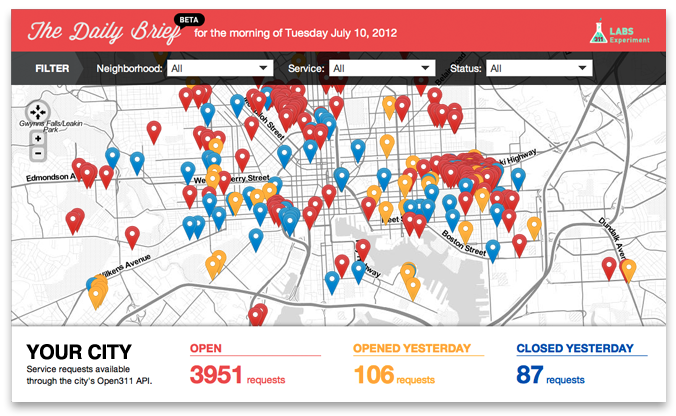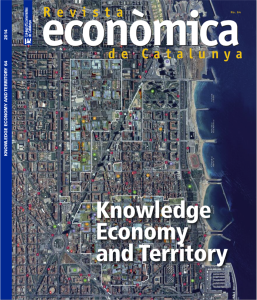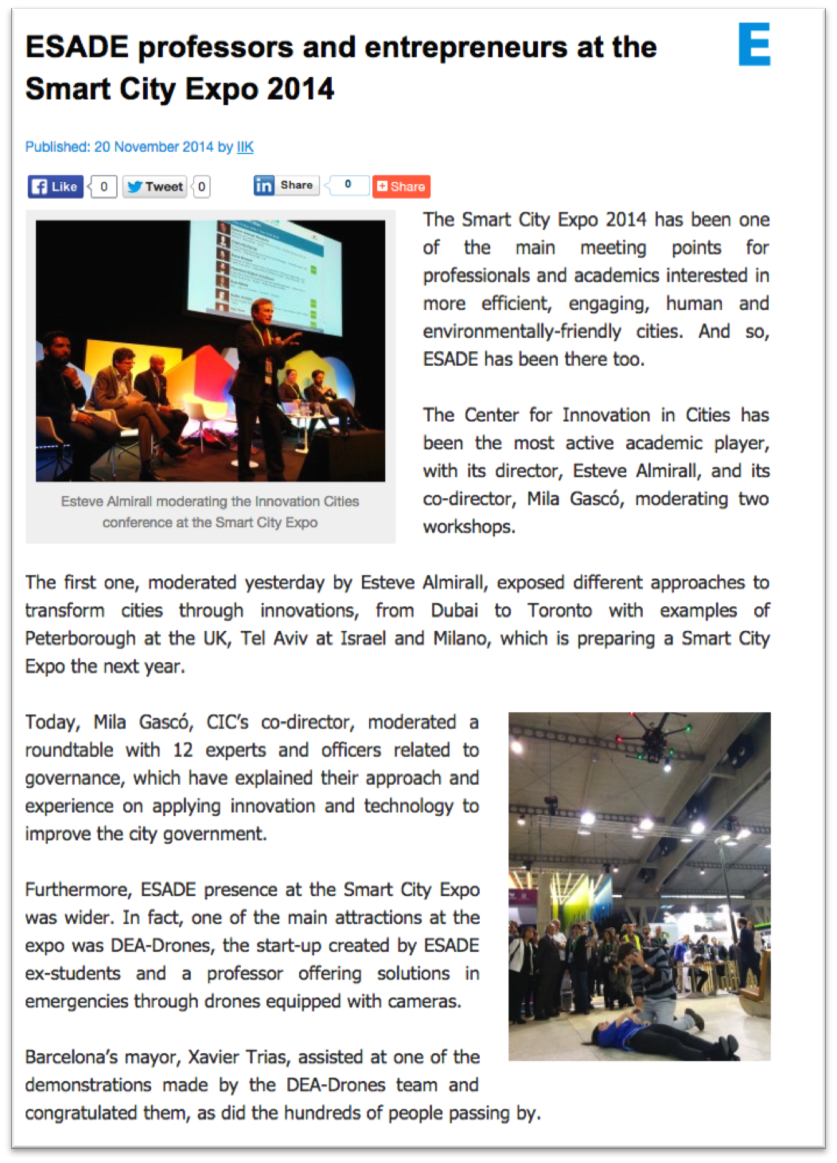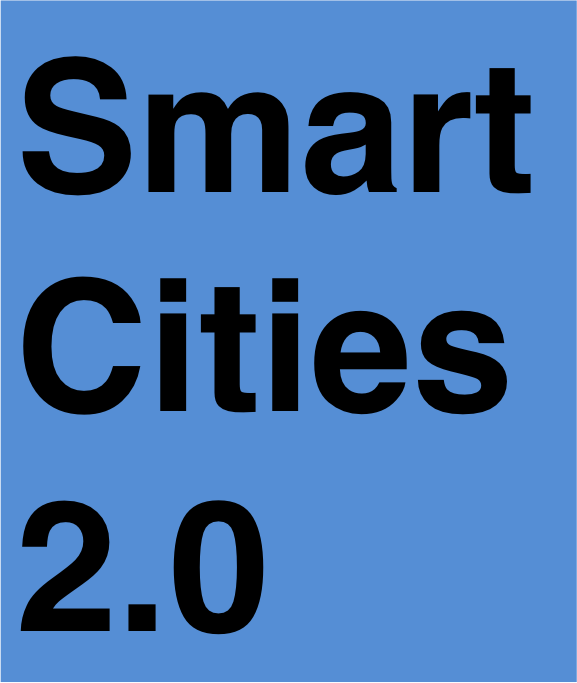
We are witnessing a transition point, a moment of change in the understanding of what a Smart City is.
Until very recently the predominant vision of a Smart Cities was defined around the use of centralized technology to aggregate information and manage cities more efficiently. The epitome of this perspective materialized with the command and control center. A centralized hearth and brains for cities that allow them to presumably manage almost everything more efficiently.
However, there was a big problem with this conception, a city is not a machine but a social structure made by and for citizens. Traffic, congestion and energy consumption matters, no doubt, but what matters most is how dynamic, fair, active, alive, entrepreneur and happy a cities and their citizens are. All of this has little to do with this vision of a centralized command and control center.
There is now a comeback to the basics: citizens and cities as the place for social interaction. The Urban Sustainability Directors Network (USDN), a peer to peer network of local government professionals from over 120 cities across the US and Canada comprising cities such as Boston, Chicago, San Francisco, Washington, Vancouver, etc., recently published a study Getting Smart About Smart Cities promoting the idea of Smart Cities 2.0 as putting “people first” and stressing the idea of technology as a tool to use in the service of citizens.
The idea is not really new. If you take a look at the Smart Cities projects in Europe you will find many going in this direction. Probably they were not as visible as the ones being backed by the industry but they are there.
However the devil, like in many occasions, hides behind the implementation. Implementing a centralized tech oriented view of Smart Cities is fairly easy, you can borrow decades of experience on developing technological systems and apply them, it is complicated, but not really complex.
However, using IT for redefining social interaction is in many ways, terra incognita.

